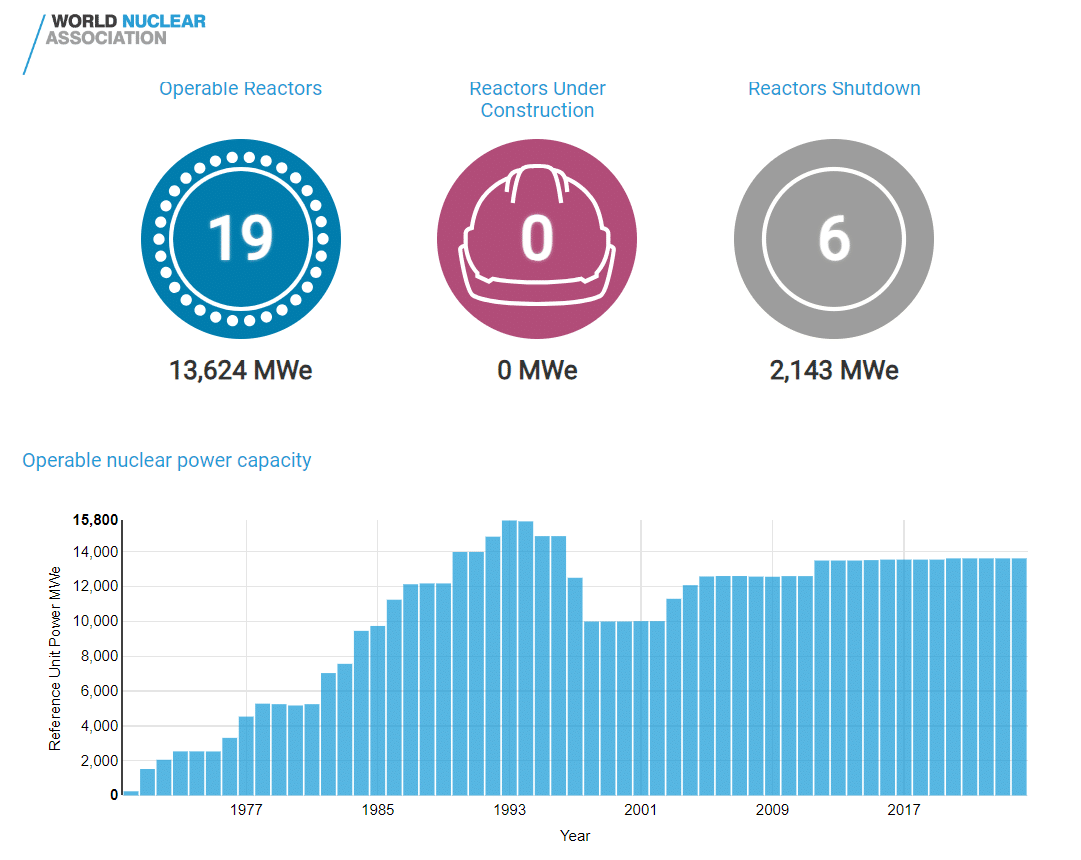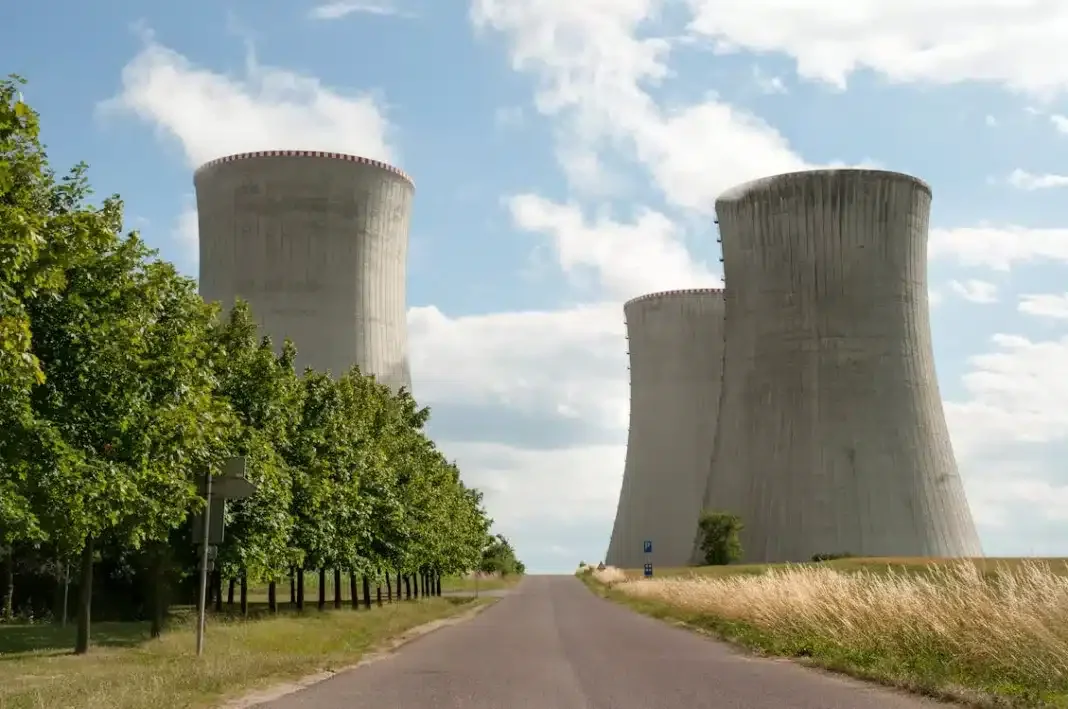The nuclear energy landscape in North America is undergoing a significant transformation, with both the US and Canada making strides to bolster their nuclear capabilities. From reviving uranium enrichment in the US to Canada’s embrace of nuclear financing, the region is on the road to a nuclear energy resurgence.
Breaking U.S. Nuclear Dependence
The US uranium enrichment sector stands to receive a substantial $2.7 billion injection as part of a government funding bill. This initiative reflects a strategic move to reduce reliance on nuclear fuel imported from Russia.
Proposed by the White House, the funding is integral to President Joe Biden’s broader plan to procure enriched uranium directly from domestic sources. The goal is to revitalize nearly dormant US capabilities by establishing a guaranteed buyer for American-made nuclear reactor fuel.
The move coincides with potential legislative measures to restrict imports of enriched uranium from Russia. The NO RUSSIA bill, National Opportunity to Restore Uranium Supply Services In America Act of 2022, expels Russia’s influence from the U.S. uranium market.
The provision of enrichment funding is based upon implementing limitations on the importation of enriched Russian uranium. The fund is from a credit program for domestic nuclear reactors established in the bipartisan infrastructure law of 2022.
The allocated funding is specially dedicated to cultivating a market for domestically produced enriched uranium. This uranium serves as fuel for the US fleet of over 90 nuclear reactors, as well as for highly enriched uranium used in emerging advanced reactor technologies, currently monopolized by Russia.
In December 2023, after over 50 years, the U.S. issued approval for a groundbreaking nuclear reactor developed by Kairos Power.
The California-based startup has been granted a construction permit by the Nuclear Regulatory Commission (NRC) for its Hermes demonstration reactor in Tennessee. The novel reactor uses molten fluoride salt as a coolant, a more efficient technology than conventional water-cooled nuclear reactors.
The NRC has also granted certifications to other innovative nuclear developers, e.g. NuScale Power and Centrus Energy Corporation, in collaboration with the Energy Department. Most initiatives involved small nuclear reactors (SMR), generating under 300 MWe capacity.
These developments indicate a shifting regulatory stance toward innovative approaches to nuclear power generation in the U.S.
Financing the Canadian Nuclear Renaissance
Over in Canada, the federal government amended its green bond programs. They now permit the financing of nuclear projects and navigated an initial test of investor support for this energy source.
Notably, about 15% of the country’s electricity comes from nuclear power. Most of the 19 reactors are in Ontario which provides 13.6 GWe of power capacity.

The recent $4 billion issuance by the Canadian sovereign did not explicitly earmark proceeds for nuclear power projects. Still, the federal government emphasized its commitment to nuclear development. Also, investors have eagerly subscribed to the 10-year debt offering, with orders surpassing $7.4 billion, nearly double the final amount.
Powering Ahead: Canada’s Ambitious Nuclear Expansion Plans
Canada aims to develop both new large-scale nuclear capacity and SMRs. In 2018, Natural Resources Canada (NRCan) unveiled its SMR Roadmap, outlining a strategic plan for the advancement of nuclear technology centered around SMRs.
In February 2023, the Canadian government initiated the Enabling Small Modular Reactors Program. It allocates about US$22 million to facilitate the advancement and implementation of SMRs.
Another notable nuclear development in Canada is Ontario’s 2015 decision to greenlight the refurbishment or lifetime extension of 4 nuclear units at Darlington and the remaining 6 units at Bruce (with the initial 2 units already refurbished). This ambitious C$26 billion 15-year program stands as one of the most significant clean energy endeavors in North America.
Bruce Power, an Ontario-based company aiming to construct the world’s largest nuclear power plant, announced that all its future bonds will adhere to green financing principles. The nuclear power developer also introduced at COP28 last year the first carbon offset protocol for nuclear generation.
James Scongack, Bruce Power’s Chief Development Officer, noted that investor appetite for green securities is shaping their future fundraising strategies. He further noted that:
“With the demand we see for green bonds, we have no doubt all future bonds funding nuclear projects will be green bonds.”
The inclusion of nuclear projects reflects a growing acceptance of nuclear power to decarbonize and enhance energy security. This development signifies a significant shift in green finance and underscores the evolving role of nuclear energy in Canada’s sustainability efforts.
By embracing nuclear power, the US and Canada are paving the way for a sustainable energy landscape while enhancing energy security.

